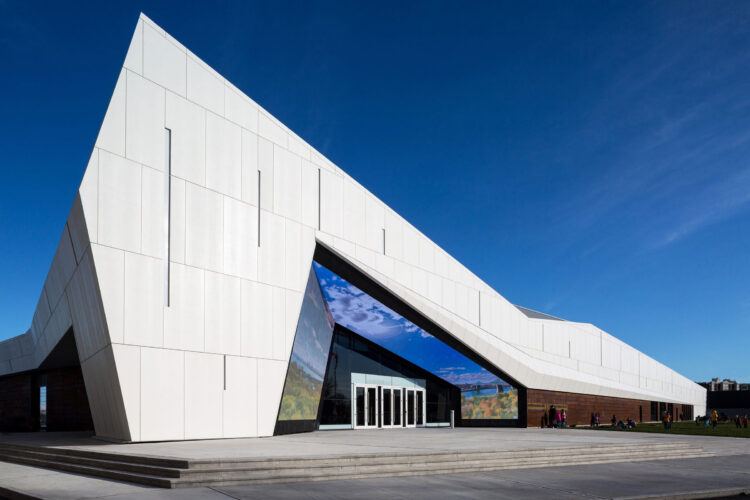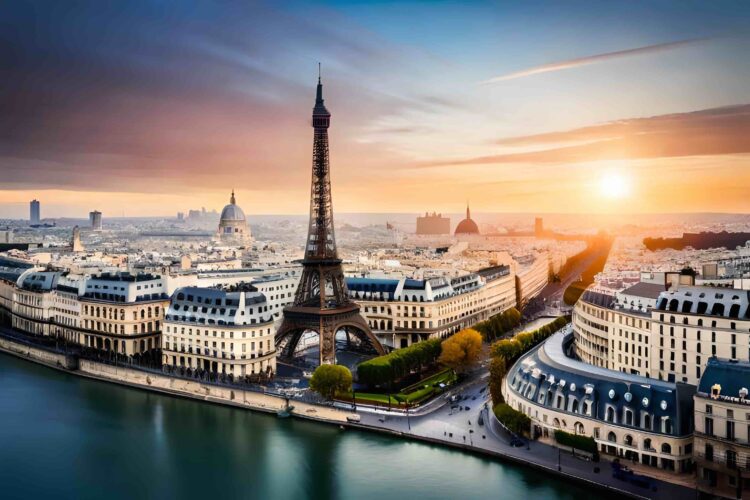
“Istanbul: Where East Meets West” is an exploration of a city that uniquely straddles two continents, Asia and Europe, blending diverse cultures, histories, and traditions.
This guide delves into Istanbul’s rich tapestry of influences and the various facets that make it a mesmerizing destination.
1. Historical Overview
Byzantium and Constantinople
– Originally founded as Byzantium around 660 BCE, it was later renamed Constantinople in 330 CE by Emperor Constantine the Great.
– Served as the capital of the Roman, Byzantine, and Ottoman Empires.
Ottoman Empire
– Conquered by Sultan Mehmed II in 1453, marking the end of the Byzantine Empire and transforming the city into an Islamic stronghold.
– Flourished as a center of culture, commerce, and politics under Ottoman rule.
Modern Istanbul
– Renamed Istanbul in 1930, the city is now the cultural and economic heart of Turkey.
– A vibrant metropolis reflecting a blend of its historical past and modern development.
2. Architectural Wonders
Hagia Sophia
– Originally built as a Christian basilica in 537 CE, it later became a mosque and is now a museum.
– Renowned for its massive dome, intricate mosaics, and historical significance.
Topkapi Palace
– The primary residence of Ottoman sultans for approximately 400 years.
– Features lavish courtyards, opulent rooms, and treasures such as the Topkapi Dagger and the Spoonmaker’s Diamond.
Blue Mosque (Sultan Ahmed Mosque)
– Built between 1609 and 1616, it is famous for its stunning blue Iznik tiles and six minarets.
– Still functions as a mosque and is a major tourist attraction.
Basilica Cistern
– An underground reservoir constructed in the 6th century during the reign of Byzantine Emperor Justinian I.
– Known for its forest of columns and atmospheric lighting.
3. Cultural Fusion
Grand Bazaar
– One of the oldest and largest covered markets in the world, established in the 15th century.
– Offers a labyrinth of shops selling everything from spices and jewelry to carpets and antiques.
Spice Bazaar (Egyptian Bazaar)
– Built in 1664, it’s a vibrant market specializing in spices, herbs, sweets, and teas.
– Reflects Istanbul’s role as a historic trading hub.
Cuisine
– A fusion of Middle Eastern, Mediterranean, and Central Asian influences.
– Must-try dishes include kebabs, mezes, baklava, and Turkish delight.
Music and Dance
– Home to diverse musical traditions, from classical Ottoman music to contemporary Turkish pop.
– Whirling dervishes and folk dances showcase the city’s rich cultural heritage.
4. Bridging Continents
Bosporus Strait
– The narrow waterway that separates Europe and Asia, serving as a critical trade route.
– Bosporus cruises offer stunning views of the city’s skyline and landmarks.
Galata Bridge
– Spanning the Golden Horn, it connects the historic old city with the modern districts.
– Lined with restaurants and cafes, offering views of the city and the bustling water traffic.
Asian Side (Kadikoy and Uskudar)
– Kadikoy: Known for its lively markets, trendy cafes, and cultural sites like the Haydarpasa Train Station.
– Uskudar: Features historic mosques, traditional Turkish houses, and scenic waterfront views.
5. Religious Diversity
Islamic Heritage
– Numerous mosques, including the Suleymaniye Mosque and the Fatih Mosque, reflecting Ottoman architectural brilliance.
– Istanbul hosts significant Islamic festivals and religious events.
Christian Heritage
– Home to several ancient churches such as the Chora Church with its exquisite mosaics and frescoes.
– The Ecumenical Patriarchate of Constantinople, the spiritual leader of the Eastern Orthodox Church, is based in Istanbul.
Jewish Heritage
– The historic Jewish quarter of Balat and synagogues like the Neve Shalom Synagogue highlight the city’s Jewish community.
– Istanbul has a long history of Jewish presence, especially during the Ottoman era.
6. Modern Istanbul
Taksim Square and Istiklal Avenue
– The heart of modern Istanbul, known for its vibrant nightlife, shopping, and dining.
– Istiklal Avenue is a bustling pedestrian street with historic buildings, shops, and cafes.
Bosphorus Villages
– Picturesque neighborhoods like Bebek, Arnavutkoy, and Ortakoy along the Bosphorus offer a blend of old-world charm and modern luxury.
– Popular spots for dining, nightlife, and scenic walks.
Skyscrapers and Business Districts
– Areas like Levent and Maslak are home to modern skyscrapers, business centers, and upscale shopping malls.
– Reflects Istanbul’s role as an economic powerhouse.
7. Festivals and Events
International Istanbul Film Festival
– Celebrates international and Turkish cinema with screenings, workshops, and discussions.
– Attracts filmmakers and cinephiles from around the world.
Istanbul Biennial
– A major contemporary art exhibition showcasing works by international artists.
– Promotes cultural exchange and artistic innovation.
Ramadan and Eid Celebrations
– The city comes alive with special prayers, decorations, and festivities during the holy month of Ramadan and Eid al-Fitr.
8. Exploring the Surroundings
Prince Islands
– A group of nine car-free islands in the Sea of Marmara, offering peaceful retreats with historic mansions and scenic landscapes.
– Popular for day trips, cycling, and horse-drawn carriage rides.
Historic Towns
– Edirne: Known for the Selimiye Mosque and its rich Ottoman heritage.
– Bursa: Famous for its early Ottoman architecture, thermal baths, and the Green Mosque.
Istanbul, with its unique position as a bridge between East and West, offers a rich tapestry of cultural, historical, and modern attractions.
From its ancient monuments and bustling bazaars to its vibrant neighborhoods and stunning waterfronts, the city is a testament to the harmonious coexistence of diverse traditions and influences.
Whether you’re a history buff, a culture enthusiast, or a modern explorer, Istanbul promises an unforgettable journey through time and culture.
Read more on Travels On Click:
Exploring Egypt’s Historical Treasures
Wadi Rum: Mars on Earth in Jordan
Cape Verde’s Island Hopping: Exploring the Archipelago’s Diverse Landscapes

